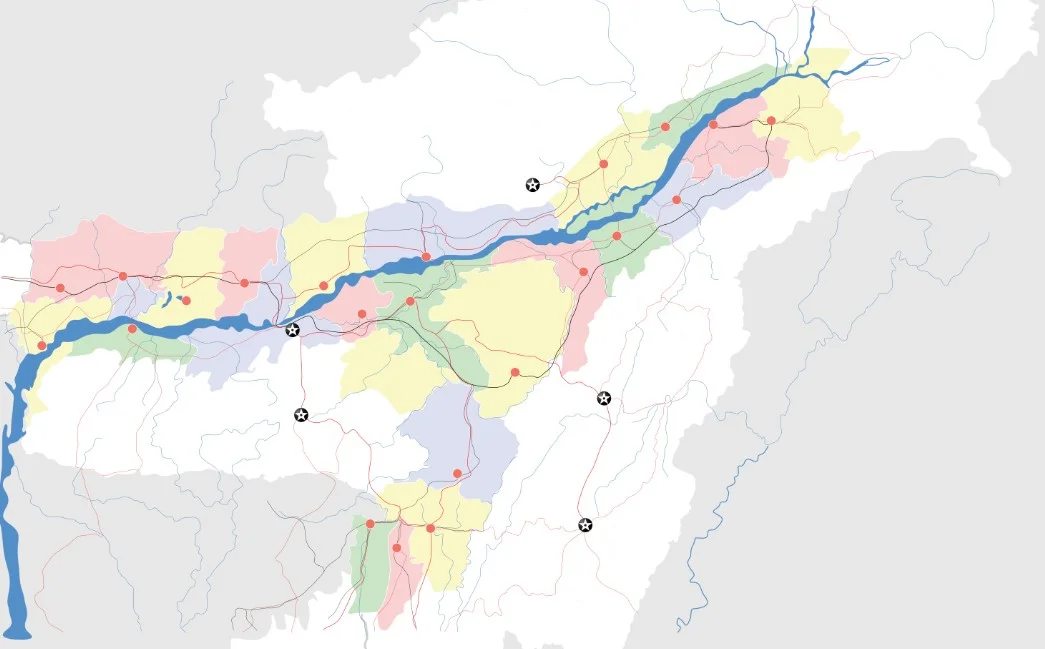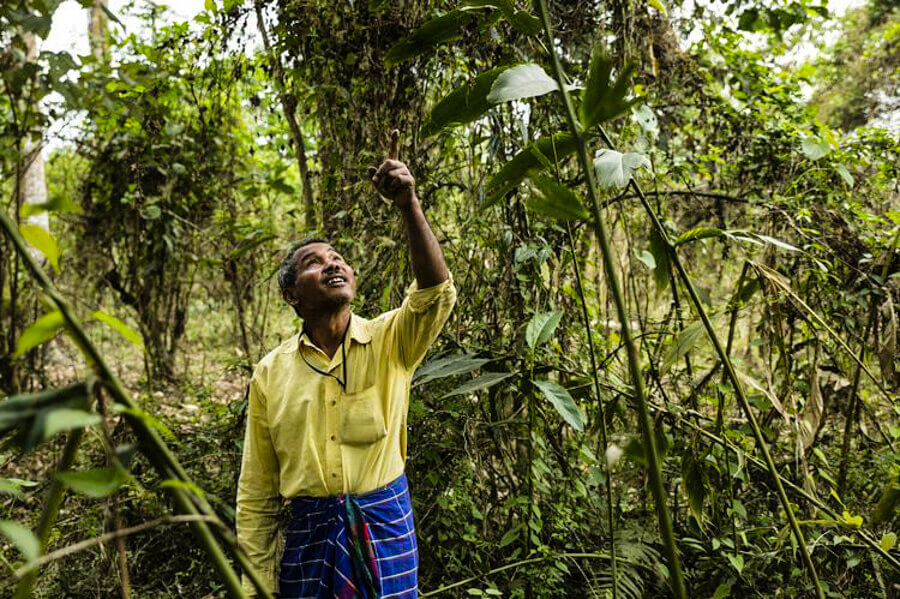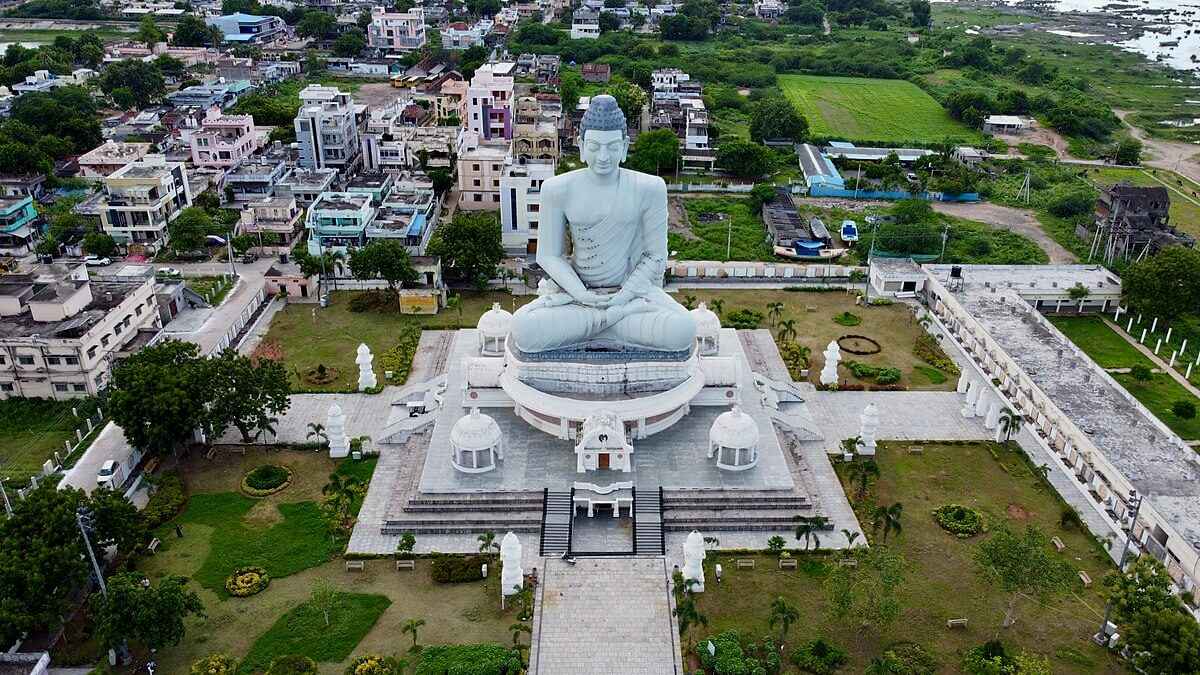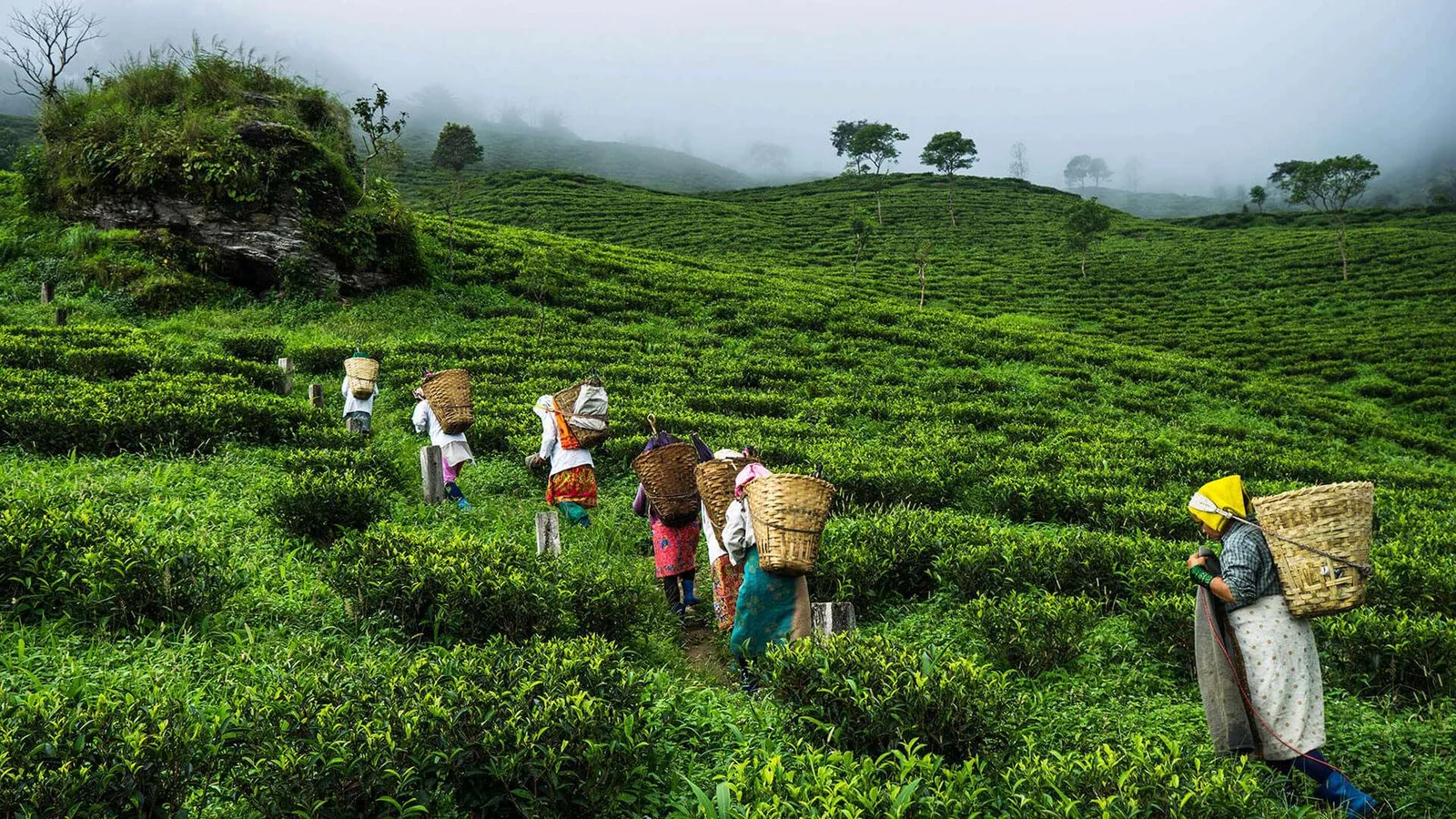In recent times, a less-talked-about yet dangerous threat has been creeping over India’s farmlands—surface ozone pollution. According to a significant study from IIT Kharagpur, this invisible menace is having a direct impact on India’s key crops, putting the country’s food security at risk. Regions like the Indo-Gangetic Plain and Central India are among the worst affected, raising alarms over how this could derail the nation’s efforts toward achieving the UN’s Sustainable Development Goals, particularly the goals of ‘No Poverty’ and ‘Zero Hunger’ by 2030.
What Exactly Is Surface Ozone Pollution?
Unlike the protective ozone layer high up in the atmosphere, surface (or ground-level) ozone is a harmful pollutant. It forms when nitrogen oxides (NOx) and volatile organic compounds (VOCs) react under sunlight. The problem intensifies in warm climates with heavy vehicle emissions and industrial activities—conditions common across India.
Human Health Isn’t Spared
Surface ozone isn’t just an agricultural threat; it’s also a public health hazard. Breathing in this pollutant can cause chest pain, coughing, and worsen asthma. Over time, it can lead to chronic respiratory diseases. Alarmingly, studies show a 46% rise in ozone-related deaths across South Asia from 2000 to 2019.
Crops in the Crosshairs
The IIT Kharagpur findings highlight how crops like wheat, rice, and maize suffer from ozone exposure. It damages plant tissues, causing visible harm and loss in yield. Under future high-emission conditions, wheat production could drop by 20%, and rice and maize may shrink by 7%—a serious blow to both farmers and the national economy.
High-Risk Zones
The Indo-Gangetic Plain and Central India aren’t just agriculturally crucial—they’re ozone hotspots. In these areas, ozone concentrations may exceed six times the safe limit, putting local food systems under severe stress and challenging India’s capacity to supply grains to countries across Asia and Africa.
What Needs to Be Done?
India’s National Clean Air Programme has been a positive step for urban air quality, but rural and agricultural zones haven’t seen the same level of focus. The study emphasizes the urgency of expanding monitoring and mitigation efforts to farmlands. Cutting emissions in these areas could significantly boost crop productivity and reinforce food security at home and abroad.
Looking Ahead
Based on projections from the Coupled Model Intercomparison Project Phase-6 (CMIP6), the future doesn’t look bright without swift action. Ozone pollution could continue to sap India’s agricultural output if left unchecked. Tackling this issue head-on is not just about clean air—it’s about ensuring resilient farming, economic stability, and a food-secure future for millions.












